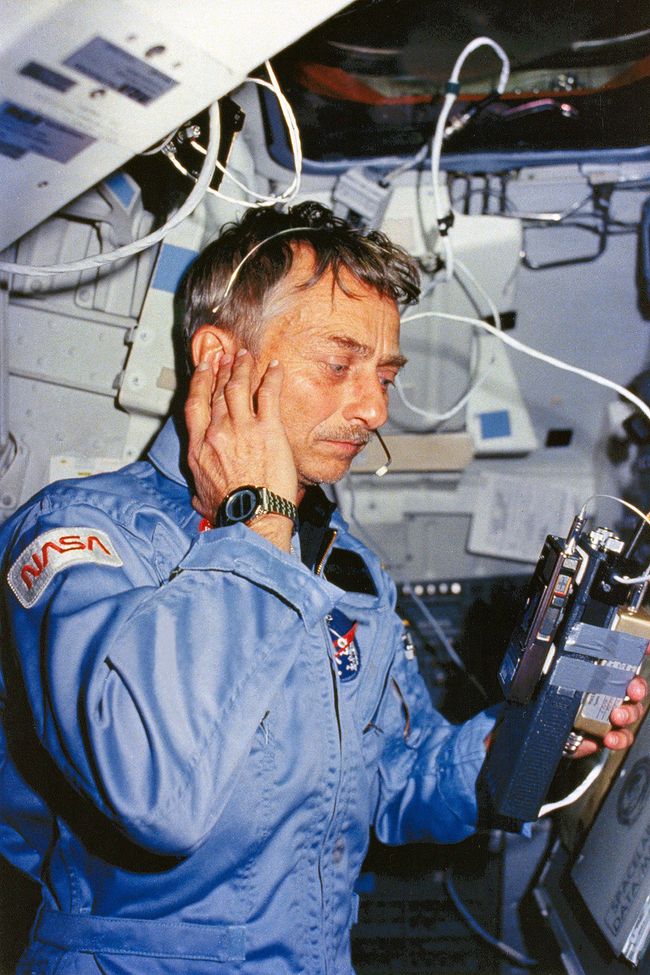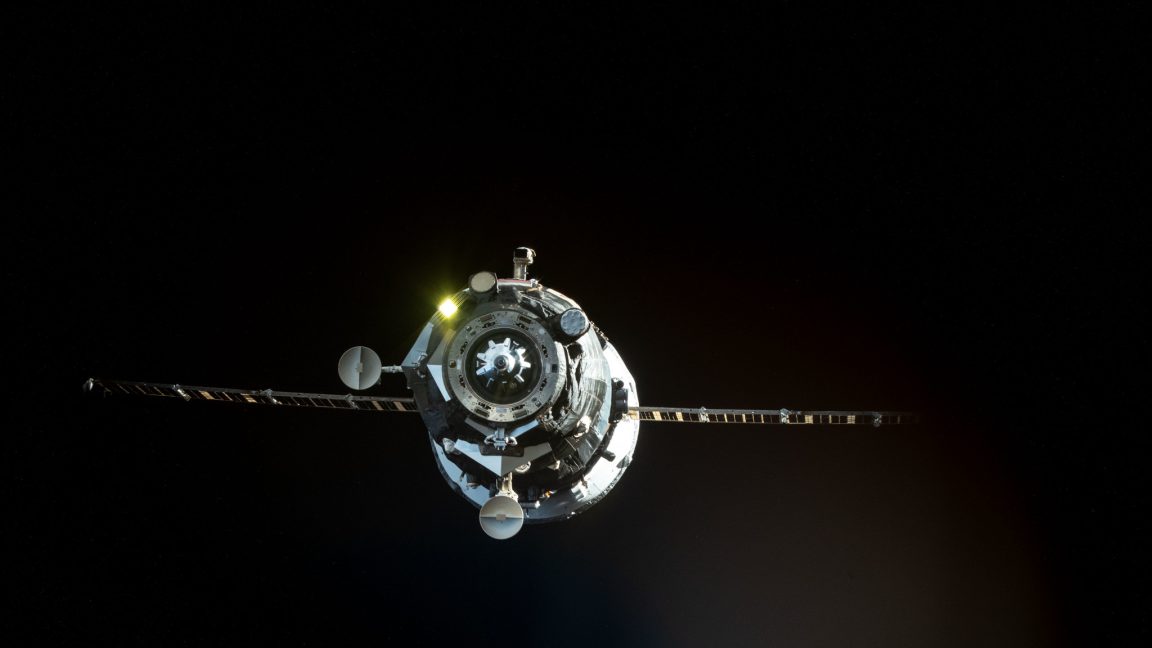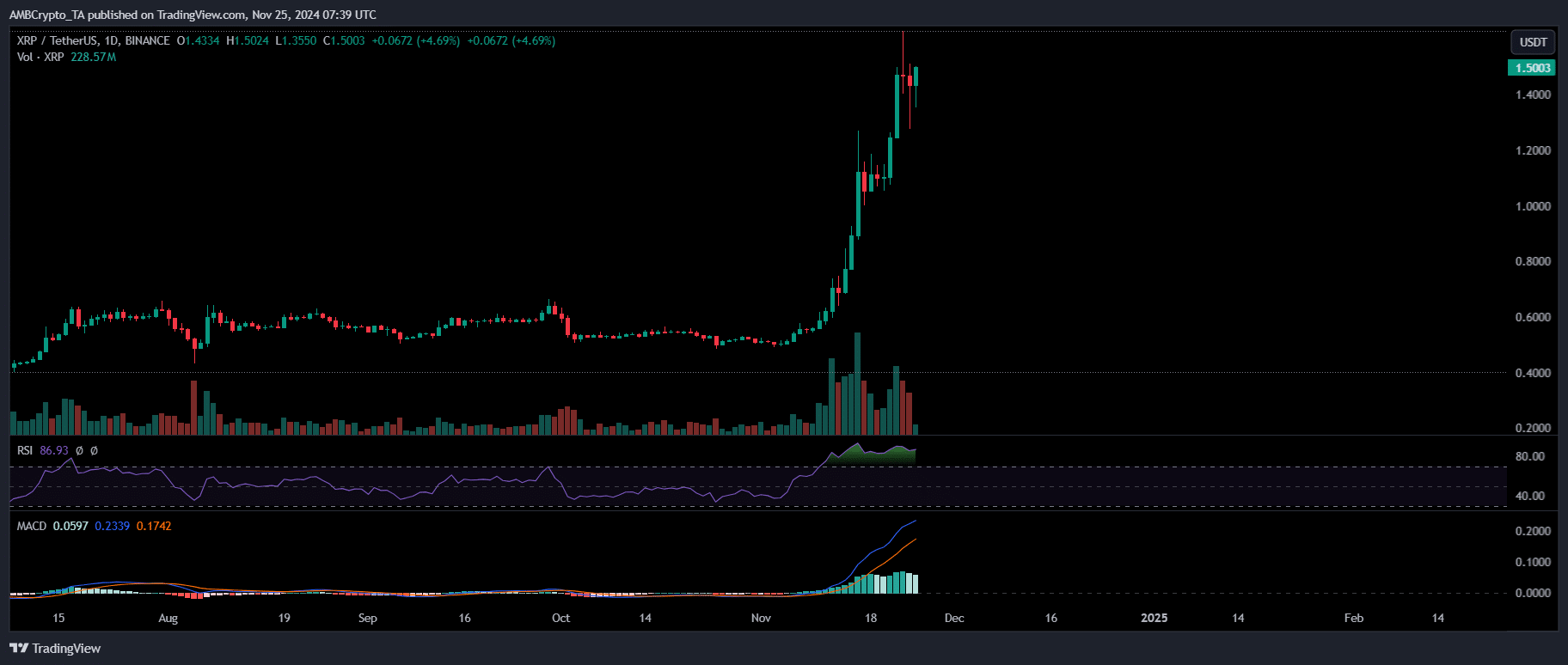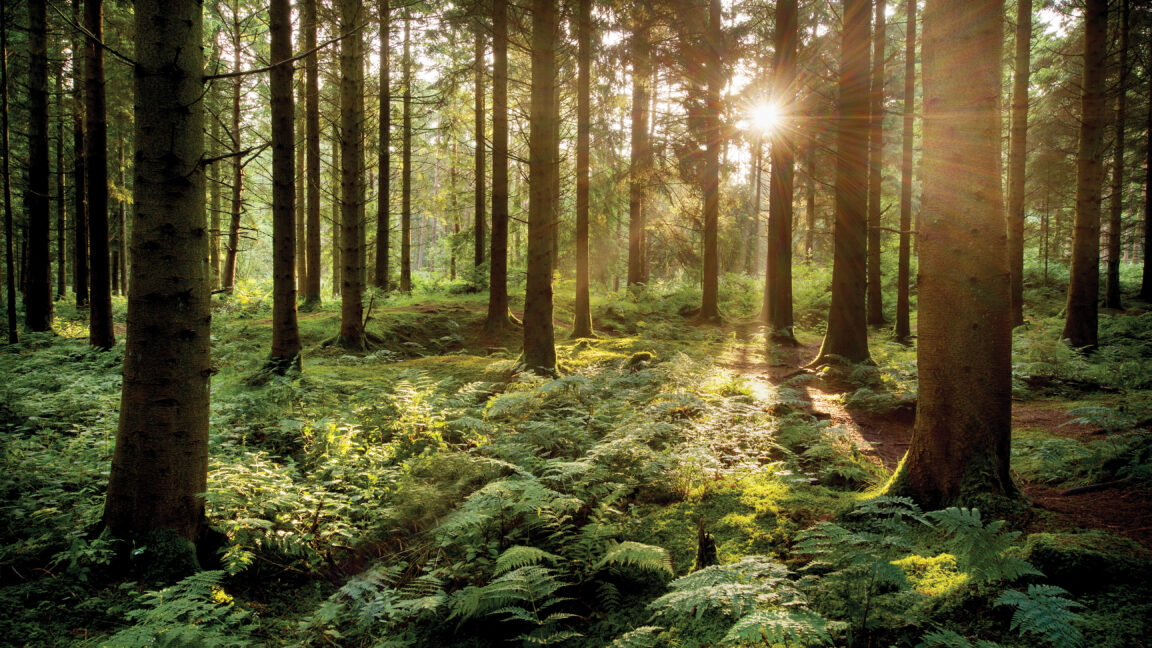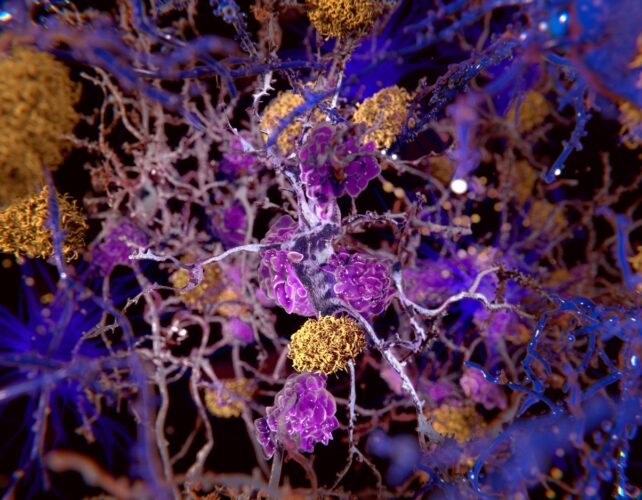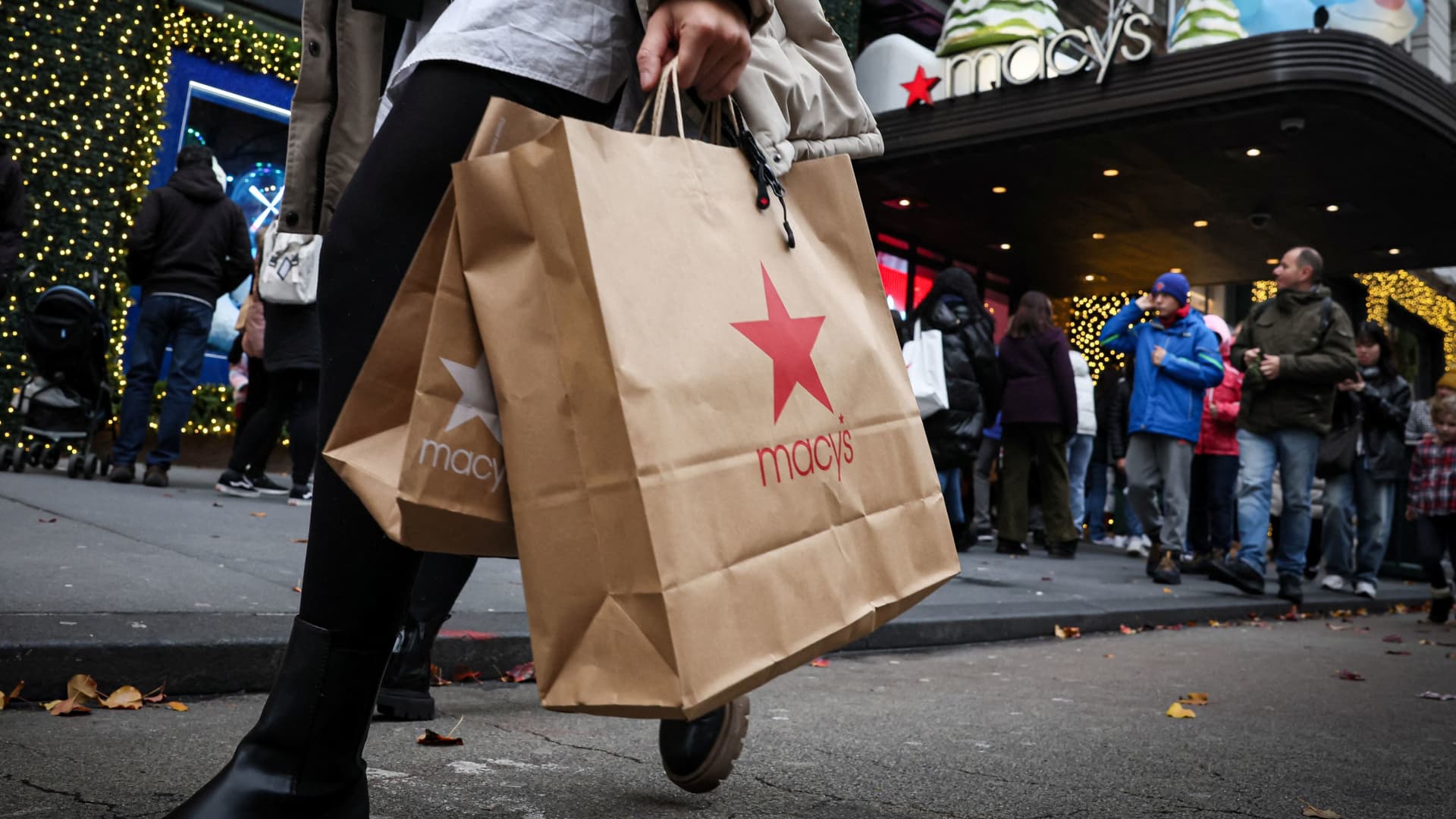Scientists have successfully grown chickpea seeds in soil that closely resembles lunar soil for the first time. This achievement paves the way for reducing reliance on packaged foods during future manned missions. “The moon’s soil differs from that of Earth,” explained Jessica Atkin, a graduate student at Texas A&M University and co-author of the study. Lunar soil lacks the organic matter and microorganisms necessary for plant growth, in addition to other challenges like reduced gravity, radiation, and toxic elements.Successfully growing plants on the moon has several important benefits. It could provide a sustainable and nutritious food source for future space travelers, reducing the need to constantly resupply packaged foods from Earth, which is an expensive and insufficient solution for long-term space missions. Additionally, since the moon’s thin atmosphere is not suitable for humans, plants on the moon could also serve as a source of breathable air for astronauts in the future. To make lunar soil more suitable for Earth-like plants, the researchers believe that altering the soil’s chemical and physical properties could encourage the presence of beneficial microorganisms. This motivation drove the new study.Since there wasn’t enough actual moon soil available on Earth for the experiments, the team used “amended moondust,” a material created from Earth’s geological materials to replicate lunar soil, including its minerals and particle size. The study team suspected that the interactions between chickpeas, arbuscular mycorrhizal fungi (AMF), and vermicompost (VC) would aid plant growth by sequestering toxins from the amended moondust and improving its structure to enhance water retention and stress tolerance. To test this hypothesis, the team used AMF in various concentrations of the amended moondust and vermicompost mixture.The researchers selected chickpea seeds for the experiment due to the plant’s compact size and resilience to stress. “They are a great protein source and require less water and nitrogen than other food crops,” explained Atkin. “We used a desi chickpea variety to cope with the space limitations inside a habitat.”For the next four months, the containers were kept in a temperature-controlled grow tent, and the soil was regularly moistened with purified water. By day 13, all the seeds had germinated, but the resulting plants showed chlorophyll deficiency and signs of stress, such as stunted growth, leaf loss, and reduced shoot branching. The researchers attributed these issues to the poor water retention capacity of the soil.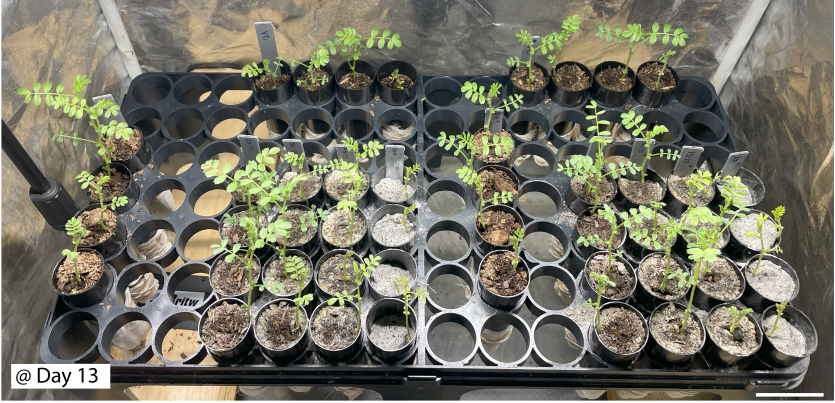 By day 13, there were 100% germination rates. Experiments are labeled as in Figure 2. Potting mix (control) shows large leaves and greater branching, whereas plants in lunar regolith simulant mixtures show signs of xenomorphism, with reduced leaf area, reduced amount of leaf growth, and smaller shoot height. (Image credit: Courtesy of Jessica Atkin)The experiment also revealed that the chickpeas took 120 days to mature, as opposed to the usual 100 days on Earth. Atkin mentioned that the mature chickpeas will need to be tested for heavy metal concentrations. Despite these challenges, the researchers believe that these initial results could open up the possibility of growing plants on the moon. The study represents the first successful attempt at growing chickpeas in moondust, even if it’s a simulated version. “The innovation of using vermiculture is that it can all be done in space, whether in a space station or on the moon, eliminating the need for resupply missions,” Atkin concluded. This research has been detailed in a preprint paper published on biorxiv.
By day 13, there were 100% germination rates. Experiments are labeled as in Figure 2. Potting mix (control) shows large leaves and greater branching, whereas plants in lunar regolith simulant mixtures show signs of xenomorphism, with reduced leaf area, reduced amount of leaf growth, and smaller shoot height. (Image credit: Courtesy of Jessica Atkin)The experiment also revealed that the chickpeas took 120 days to mature, as opposed to the usual 100 days on Earth. Atkin mentioned that the mature chickpeas will need to be tested for heavy metal concentrations. Despite these challenges, the researchers believe that these initial results could open up the possibility of growing plants on the moon. The study represents the first successful attempt at growing chickpeas in moondust, even if it’s a simulated version. “The innovation of using vermiculture is that it can all be done in space, whether in a space station or on the moon, eliminating the need for resupply missions,” Atkin concluded. This research has been detailed in a preprint paper published on biorxiv.
Lunar astronauts could potentially produce hummus with moon-grown chickpeas




